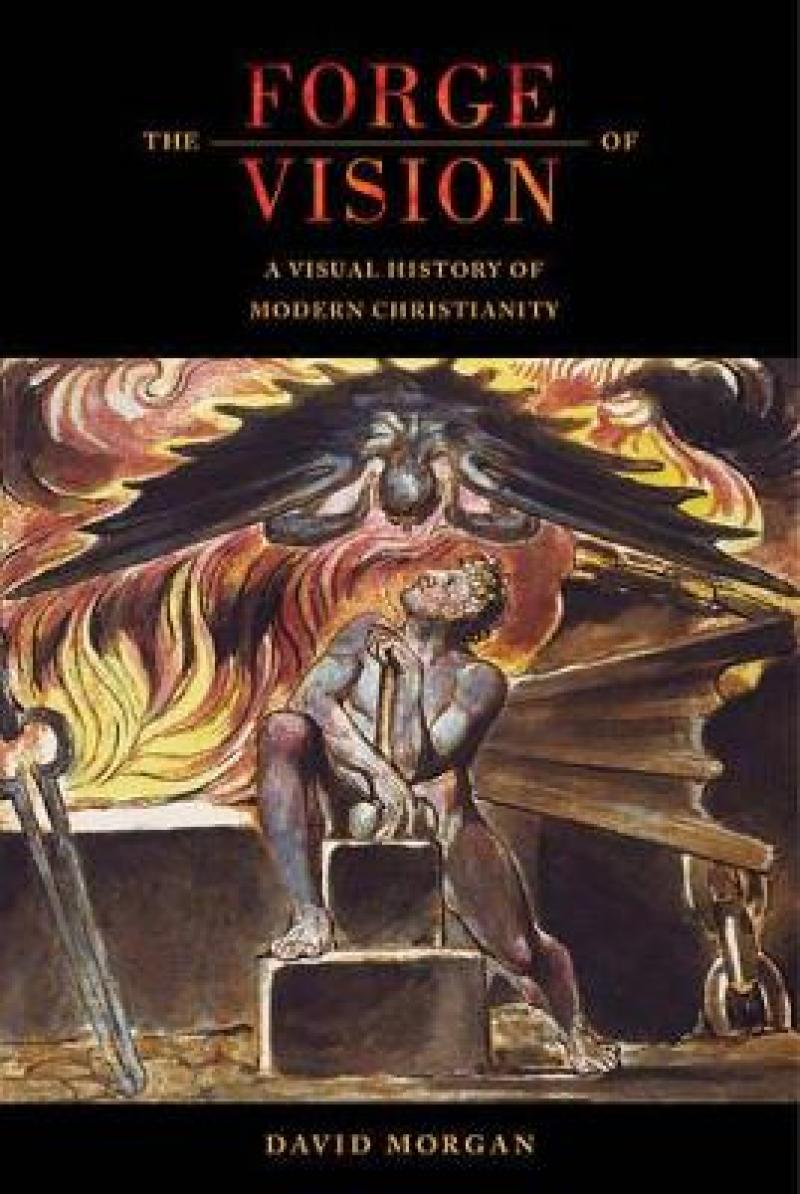Religions teach their adherents how to see and feel at the same time; learning to see is not a disembodied process but one hammered from the forge of human need, social relations, and material practice. David Morgan argues that the history of religions may therefore be studied through the lens of their salient visual themes. The Forge of Vision tells the history of Christianity from the sixteenth century through the present by selecting the visual themes of faith that have profoundly influenced its development. After exploring how distinctive Catholic and Protestant visual cultures emerged in the early modern period, Morgan examines a variety of Christian visual practices, ranging from the imagination, visions of nationhood, the likeness of Jesus, the material life of words, and the role of modern art as a spiritual quest, to the importance of images for education, devotion, worship, and domestic life. An insightful, informed presentation of how Christianity has shaped and continues to shape the modern world, this work is a must-read for scholars and students across fields of religious studies, history, and art history.
Les mer
Tells the history of Christianity from the sixteenth century by selecting the visual themes of faith that have profoundly influenced its development. This book examines a variety of Christian visual practices, ranging from the imagination, visions of nationhood, the likeness of Jesus, and the role of modern art as a spiritual quest.
Les mer
List of Illustrations Acknowledgments Introduction PART I. WORD AND IMAGE 1. The Shape of the Holy 2. The Visible Word PART II. THE TRAFFIC OF IMAGES 3. Religion as Sacred Economy 4. The Agency of Words 5. Christianity and Nationhood 6. The Likeness of Jesus 7. Modern Art and Christianity Conclusion Notes Selected Bibliography Index
Les mer
“No one has done more in this generation to demonstrate the centrality of images and visual practices in Christianity than David Morgan. Over many years, Morgan has taught us not only that the holy and the human have looked at each other through the centuries in the medium of images, but just what a complex religious practice it is to look. In The Forge of Vision he extends this analysis to the making of modern Christianity. Immensely learned and beautifully written and illustrated, this is a masterwork by a scholar absolutely at the top of his game.”—Robert Orsi, Grace Craddock Nagle Chair in Catholic Studies at Northwestern University “David Morgan’s newest book focuses on the links between vision, modernity, and Christian thought and practice since the sixteenth century. Tracing how image and imagination contributed to the history and development of modern Catholicism and Protestantism, Morgan further considers how Christianity was an important model for ‘valorizing artistic creation’ and contributing to the ‘modern legacy of art as a spiritual force.’”—Erika Doss, University of Notre Dame “The Forge of Vision makes apparent David Morgan’s remarkable grasp of Christian visuality in both its Protestant and Catholic modes. With a tenacity to match his insightfulness, he has made the imbrication of religion and image his distinct métier and reveals anew in these pages the vital importance of attending to the material interfaces of Christian devotion. His intellectual reach from Calvin and Ignatius through Kandinsky and Foucault—and much in-between—is exceptional.”—Leigh E. Schmidt, Washington University in St. Louis
Les mer
"David Morgan's impressive new book navigates a much contested terrain." Art and Christianity
Produktdetaljer
ISBN
9780520286955
Publisert
2015-10-20
Utgiver
Vendor
University of California Press
Høyde
254 mm
Bredde
178 mm
Dybde
25 mm
Aldersnivå
P, 06
Språk
Product language
Engelsk
Format
Product format
Innbundet
Forfatter
